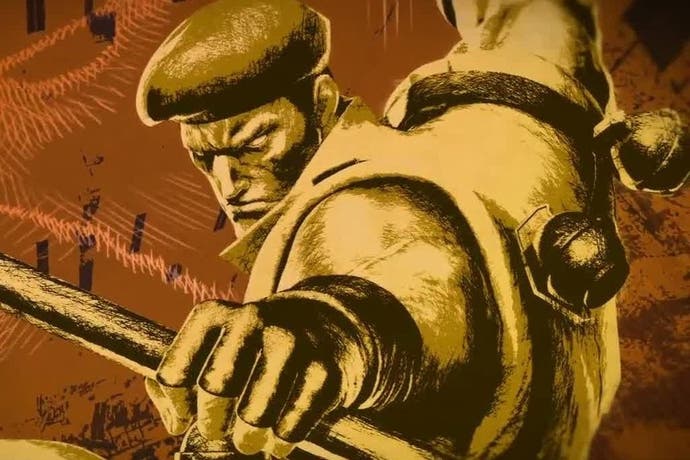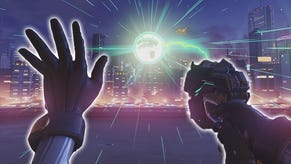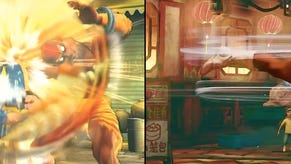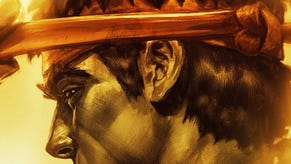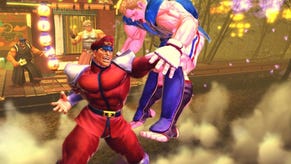Ultra Street Fighter 4 review
Combo finish.
From an outsider's perspective, the differences between Street Fighter 4 and its three existing sequels must look marginal at best. The first game made its console debut back in 2009 and helped revitalise the fighting game genre. Super Street Fighter 4 surfaced a year later and added 10 new characters to the roster, but since then, the game-to-game differences have been tailored more towards the dedicated fans. Ultra Street Fighter 4 continues this tradition with five new characters, a trio of fundamental system changes and not so much as a story mode in sight.
If you're not the kind of player who spends hours learning combos in the training room, discusses the finer points of character match-ups on a regular basis and stays up till the crack of dawn watching the Top 8 duke it out at the yearly Evolution Championship Series, then the Street Fighter 4 series' consistent lack of single-player content will be a tough pill to swallow. But for those who view Street Fighter as a competitive fighting game that only truly makes sense when two minds are trying to outsmart each other, then Ultra can be seen as both curtain call from Capcom and the most substantial sequel since Super.
Of the new talent, Poison stands out as the easiest to get to grips with. Her lingering fireball and feet-first dragon punch mean she shares some shoto fundamentals with Ryu and Ken, but when you also consider her Rekka-like whip special and her command grab Ultra, it's clear that Poison isn't as orthodox as she initially seems. The larger than life Hugo, on the other hand, is about as heavy-handed as a grappler gets. His normal attacks have extremely limited combo potential, but if you can close the distance and land his wall-bouncing command grab, you can inflict severe damage.

If the fighting styles of a pink-haired cross-dresser and a gigantic wrestling simpleton don't sound like your thing, then the other new characters offer something a bit more technical. Elena returns from the Street Fighter 3 series with two far-reaching overhead attacks (must be blocked standing) and one frighteningly quick overhead special that can combo into respectable damage. In comparison, Rolento is more of a hit-and-run-style character with excellent mobility and lots of long-range pokes. He can quickly get out of trouble with his EX roll and his Pariot Sweeper Ultra will combo off anything stronger than a sneeze.
The last character on the guest list stands out for two reasons. Firstly, she wasn't previously playable in Street Fighter X Tekken or any other fighting game; secondly, she's the first new charge character to grace Street Fighter in what seems like forever. Indeed, Decapre may look like just another Shadaloo Doll with similar moves to Cammy, but once you actually take her bladed gauntlets out for a spin, you'll realise that she's fundamentally different. Her variable dash can be cancelled into her slide, dive kick, launcher or even one of two baits, and while most characters tend to have one standout Ultra, Decapre benefits from two.
Choosing which Ultra to incorporate into your game plan has been a core feature of Street Fighter 4 since Super, and now with the advent of the Ultra Combo Double system, you have the option to take both at the cost of raw damage output. Other additions to the core mechanics include the Delay Stand and Red Focus. The former prolongs the time it takes for your character to rise after a hard knockdown and is useful for escaping vortex pressure from the likes of Akuma, Cammy and Ibuki, while the latter lets you absorb any amount of hits in addition to giving just about every character a viable way to combo into their Ultra.

The fact that there's no way to elegantly highlight the impact of these changes without dipping into fighting game terminology just reinforces who Ultra is aimed at. The same is true of the extensive list of frame data tweaks that have been applied to the existing cast of 39. Evil Ryu has more health, Yun's EX lunge punch is (once again) advantageous on block and dragon punches are no longer safe after focus cancelling forwards. This might not mean a lot to casual players, but if you've invested the time with any one of these characters, then the chance to fight with a heavily revised set of rules is an offer that's hard to refuse.
There's no way of knowing where Ultra will take the competitive scene or how much the changes will affect the overall balancing, but if you feel like going back to the series' roots to see how much damage Vanilla Sagat could achieve off a simple Tiger Uppercut FADC into Ultra (it's over 600), then the new Edition Select has you covered. This isn't the first time that Capcom has put all past versions of each character into one game, but its inclusion suggests that this will be the last chapter in the Street Fighter 4 saga. Plus, there's nothing like picking the definitive version of your character when you're trying to prove a point.
Despite boasting a thriving community that streams regular tournaments and keeps the online competition flowing day and night, the Street Fighter 4 series has always been somewhat lacking when it comes to useful features. Ultra helps to remedy this with the option to record your matches while playing offline and change your button configuration while on the character select screen. Better yet, the Training mode has been expanded with a network simulation tool that lets you mimic input latency and a save state feature that makes practising your setups less time-consuming.
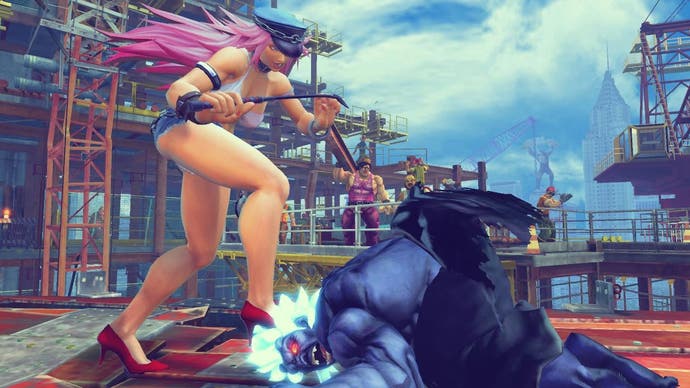
The only feature I couldn't find was a way to reduce Elena's health so I could test out her Healing Ultra, but that's a minor grievance. On the flipside, the new Online Training mode lets you practise against another player without health bar limitations. There's also a revised Team Battle mode that pits two teams of three against each other with a shared health bar that carries over between matches. It feels a bit gimmicky when weighed against the other new features, but at least Capcom has added something that isn't focused purely on the one-on-one experience.
Taken as a package, Ultra is an easy recommendation for players who view Street Fighter as a sport. It offers highly refined gameplay married with a rich art style, and by acknowledging fan feedback in an effort to make a well-rounded game even more polished, Ultra feels like the work of a developer that's content to please its core audience rather than trying to grab everyone else's attention. That's rare, especially from a studio that was responsible for Resident Evil 6.
The only thing that holds this sequel back is the sense that it was made on a fairly tight budget. It's the little things, like the meagre choice of "new" characters and the way that some of the new Ultra animations lack the dramatic flair of their predecessors. But with the development team's passion taking up most of the slack, £11.99 for the digital upgrade feels like a fair price. It's not the Street Fighter 5 that we've all been hankering for, but as the fifth (and reportedly final) version of Street Fighter 4, Ultra is an ultimate end in more ways than one.
